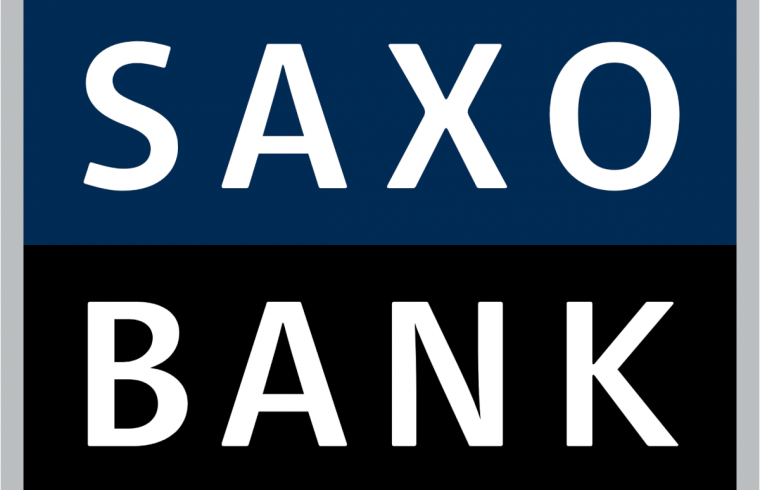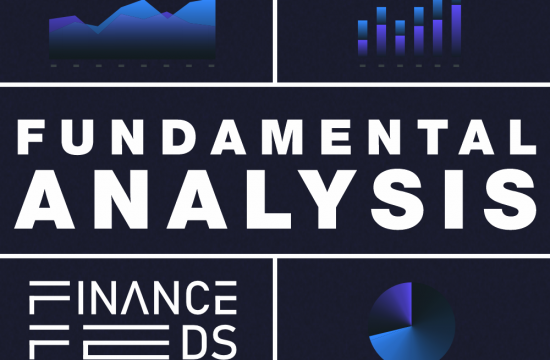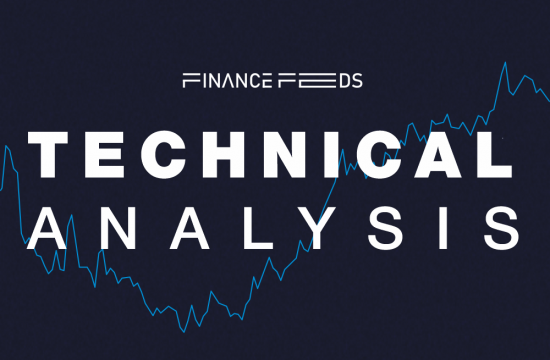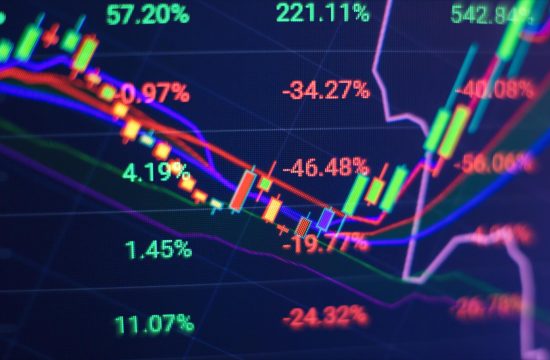As many currency markets saw a relatively quiet period in December, Copenhagen-based Saxo Bank has reported its monthly metrics, which showed a renewed decline month-over-month.
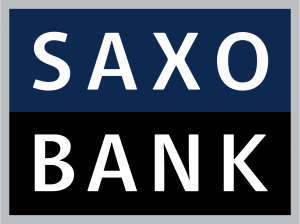
The latest figures saw a sizable consolidation in key volume segments, failing to overtake a number of recent highs seen last month.
The Danish multi-asset brokerage saw its FX average daily volumes drop to $5.5 billion, which was down -12 percent month-over-month from $6.3 billion in November. Across a yearly timeframe, however, this figure saw a larger drop relative its 2021 equivalent, scoring a 20 percent fall year-over-year from $6.9 billion in December 2021.
In terms of Saxo Bank’s total monthly FX volume for December 2022, it was reported at $121 billion, which is down 12.3 percent from $138 billion a month ago. Further, this figure corresponds to a yearly decrease of 20 percent compared to $152 billion in 2021.
In terms of its commodities business, Saxo Bank also disappointed in this segment after yielding a figure of $1.4 billion in December 2022, down by 7percent from the $1.5 billion reported in November.
We last reported on Saxo Bank in October when its deployed Baffle’s Data Protection Services to protect sensitive customer data, ensure compliance with stringent regulations, and support the bank’s migration to a highly scalable cloud and microservices architecture. The bank and trading platform provider will also be integrating Baffle into its customer-facing products.
Earlier, its Japanese arm was in the news after it lowered the minimum order size for stock indices CFDs to give their traders more flexibility when it comes to small trades.
Saxo Japan’s investors can now open trades from 0.1 or 0.01 lot per order depending on the tradable instrument. This new trading structure lowers the barrier for indices trading and features enhanced benefits for CFDs traders.
The move, geared toward attracting more young clients, eliminates the barriers that many investors face when trying to invest in a diversified portfolio of listed securities. Fractional trading allows investors to diversify their investment portfolios by spreading their relatively small capital over a broader range of stocks.
US brokers were the first to let investors buy and sell fractions of stocks. As they looked beyond the no-fee trading war, the move set off a new rush among global brokers to do the same amid increased competition in the industry to attract the next generation of investors.


